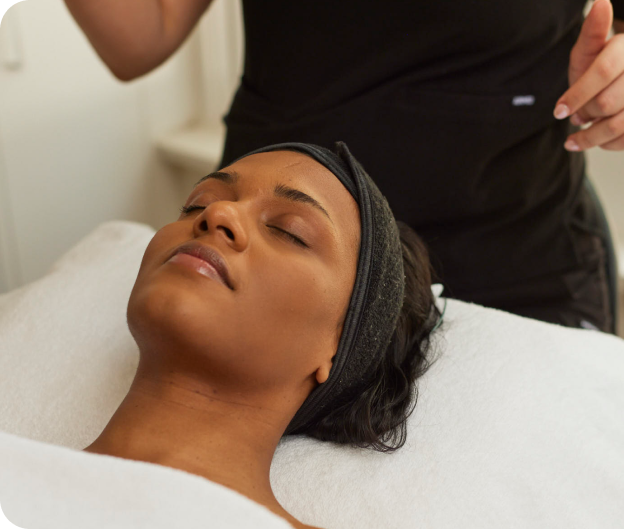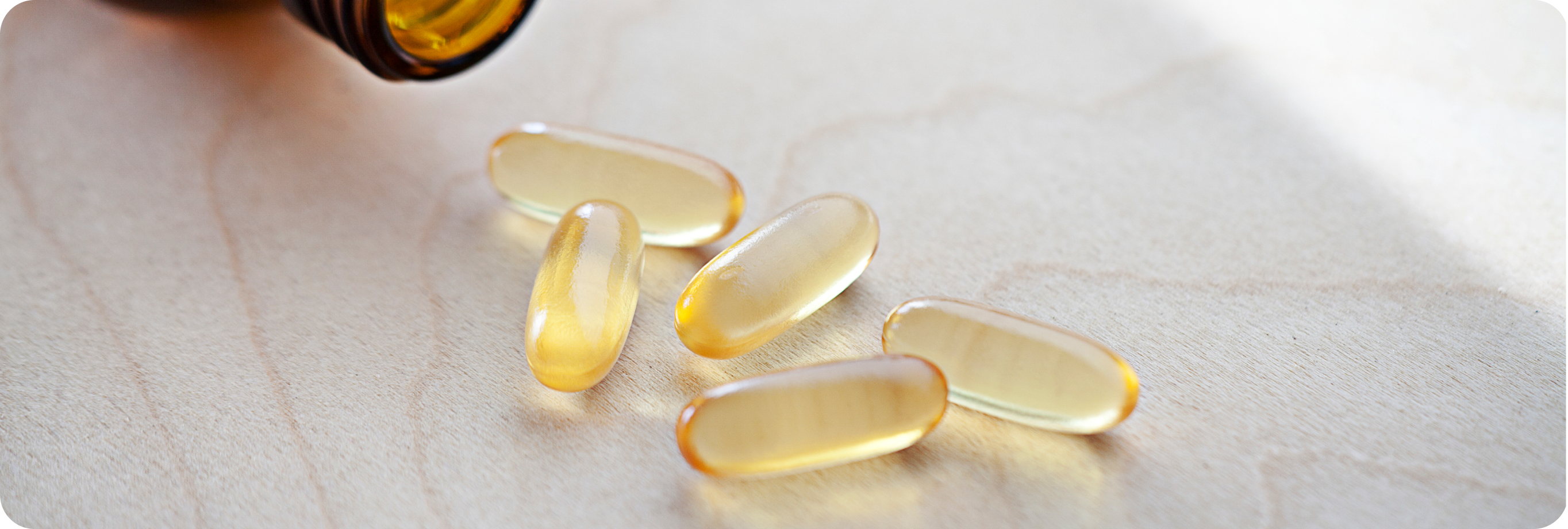
Vitamin A belongs to a family of chemicals called retinoids. The active form of vitamin A in the skin is retinoic acid. Retinoic acid can be given to the skin typically in the form of tretinoin cream (.025-.1%) or orally as istotretinoin or acitretin.
Vitamin A has a number of functions and benefits for the skin. Tretinoin and isotretinoin can be used to treat acne (particularly cystic scarring acne), sun damage, pigmentation, scars, dry skin, keratosis pilaris, rosacea and many other skin conditions.
-
Can I use prescription Vitamin A when pregnant?
Generally no, Vitamin A is not recommended during pregnancy.
-
What are the side effects of prescription topical Vitamin A?
Oratane works by reducing the amount of oil being produced by the skin, therefore general dryness would be the main side effect. Here are a few tips to care for dry skin:
Dry lips: we recommend keeping a lip balm on you at all times, we like the ‘dermal’ lip balm or Avene ‘cold cream’ lip balm.Dry eyes: an over the counter eye lubricant drops can be used, such as Systane or Poly-Tears.
Dry nose: You may find that you get a dry irritated nose which can make you prone to nose bleeds, over the counter FLO Nozoil can be used, otherwise a bit of Vaseline on a cotton bud can be applied up the nose to help moisturise.
All over body dryness: It is important for anyone to keep their whole body moisturised, this means reducing the time and temperature of your showers (water is very drying!) and using a soap substitute as well as a moisturiser after the shower. We like all products by Aveeno and QV.
Oral Vitamin A must be taken with food, usually the ‘fattiest’ meal of the day which is dinner for most people, this will avoid any stomach upset.
If you experience any changes in your mood, please book an appointment to speak to one of the Dermatologists. -
How long is a course of oral Vitamin A?
A ‘course’ is calculated from your weight, so it is tailored to the individual. We calculate how many milligrams you are required to take to get a therapeutic effect. Depending on the amount you take per day, will determine how long it takes you to reach this cumulative dose.
For example- if you take 10mg daily, it might take you roughly two years or sometimes more depending on your weight, to finish the course, however if you increased to 20mg, this time is halved, and even more so if you increase to 30mg or 40mg. -
Will the effects be permanent?
Acne is a chronic disease, but it has been reported that a course of isotretinoin in those without other genetic and hormonal risk factors, will clear acne in 80% of people.
-
What skin care can I use during my treatment with oral Vitamin A?
Skincare whilst on oral vitamin A should be gentle, let the medication do all the work and nurture the skin with a cream cleanser such as Avene gentle cleanser and a moisturiser such as Avene Skin Recovery (both available at our online store).
Do’s and Don’ts:* DO keep the skin moisturised. We know you may be used to trying to dry out the acne, however the medication will take care of this so it’s important to keep the skin barrier intact and hydrated.
* DO wear your sunscreen. This is very important! Vitamin A makes you more sun-sensitive, therefore a sunscreen should be worn every day. Gone are the days of greasy sunscreens for the face, try the beautiful La Roche Posay Ultra light or Anti-shine (both available on our website)
* DON’T use any topical acne products such as benzyl peroxide that you may have used previously, these will be too drying and irritating on the skin.
* DON’T use any topical Vitamin A containing products, commonly known as retinol, you are taking this orally so we don’t want an overdose. ‘Active’ skincare can be used, the only two things to avoid are the Vitamin A (retinol) and Glycolic acid. -
Can I do treatments whilst on oral Vitamin A?
Yes some treatments can be performed, but only under the guidance of your clinician.
-
I’m getting married and planning a family next year so I want to be off the medication by a certain time, what can I do?
If we have a time frame of an event like your wedding or you’re starting a family, we need to fast track the course and people will increase the dose (if tolerable) This may mean seeing the dermatologist more regularly than 4 months as we need to monitor you more closely.
In some circumstances, we can stop the treatment before reaching the cumulative dose, the only risk of doing this is that you have an increased chance that the acne will reoccur down the track.
Tretinoin cream requires a prescription by a dermatologists and is often prescribed in conjunction with other medications. Oral isotretinoin is a fantastic treatment for acne that can potentially cure some cases of acne. In the past high doses were prescribed causing many side effects. These days low doses are prescribed and patients now experience mild side effects.
-
I would prefer to stay on a lower dose, can I do that? Is there any harm in staying on the medication long term?
There’s absolutely no harm in taking a low dose long term, as mentioned above, it will just take you much longer to reach that cumulative dose and you can’t get pregnant while on the medication.
-
I want to increase my dose, is that okay?
Yes, that is fine. We recommend you don’t increase too quickly at the start due to a risk of a flare up (getting worse before you get better) but once you have completed the first few months of being on 10mg, you may increase. You may increase to a maximum of 20mg without letting us know before your next review appointment. If you feel like the side effects are unmanageable, you can decrease back down, but please keep a record of these doses as it will help us calculate your dose to date when you come in for your appointments.
-
Can I take vitamin supplements while on the medication?
Yes you may take vitamins while on the medication, anything you’re unsure of please ask us.
-
I’m nervous about the chance of an initial flare up, what can I do to help or prevent this?
Follow the instructions with how to introduce the vitamin A, this slow introduction will lower the chances of a flare. Be kind to the skin, give it time. Unfortunately you won’t see any improvement overnight, all treatments takes a few months to have an effect.
Our Dermal Clinicians are always available to see you to discuss skincare or cosmetic treatments such as LED light and extractions which can help speed up the process.
-
I have been on the medication for one month and I haven’t noticed a difference yet?
As stated above, patience is key. Everyone’s results vary, some may notice an improvement after one month, and others may take 4-6 months.
-
Can I wax or get tattoos and piercings?
Waxing- it is best to wait around 2-3 months after stopping Oratane.
Tattoos and piercings- at least 6 months
-
How about wanting to conceive?
You will be safe to start trying for a family one month after stopping the medication.
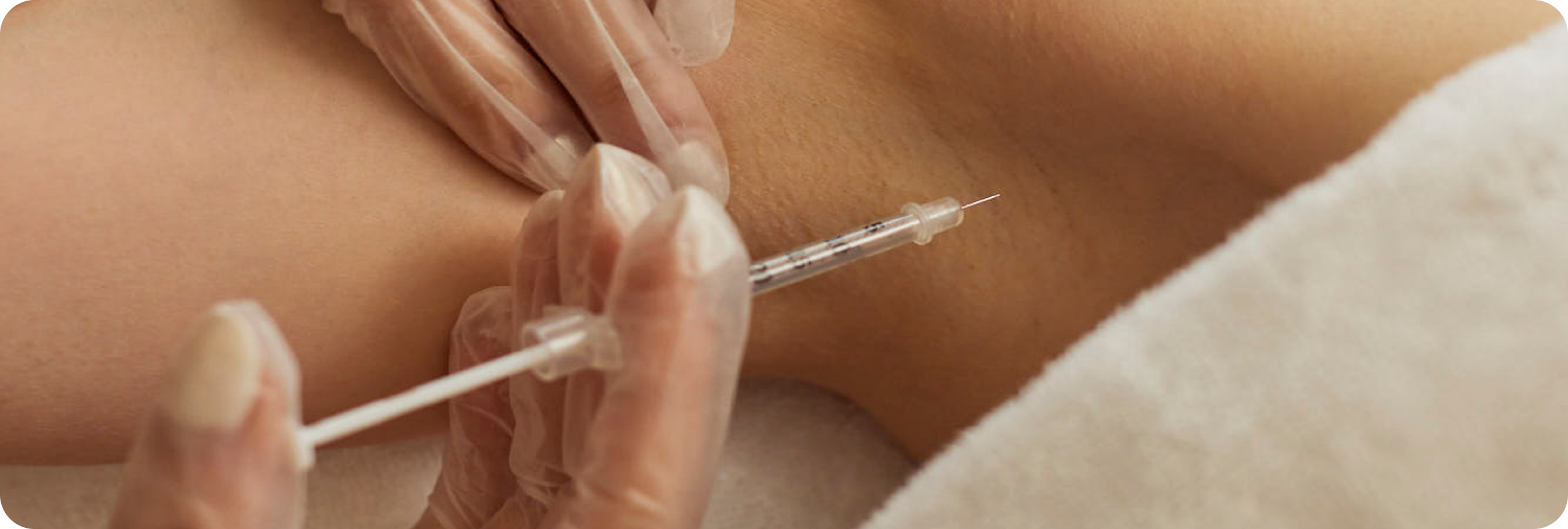
Hyperhidrosis is the medical term for ‘sweating’. Hyperhidrosis can occur on most body sites but it seems to be most debilitating in the following areas:
• Armpits (axillae)
• Face
• Groin
• Under the breasts
• Hands and feet
Generalised sweating is a medical condition that requires investigation by a dermatologist. Hyperhidrosis is a social debilitating problem. If standard antiperspirants have not helped then alternative options may be sought. Oral medications can be prescribed by our doctors, but these can have side effects.
Botulinum toxin is a safe and effective treatment. For under arm sweating patients receiving treatment with this will entitled to a medicare rebate. Botulinum toxin also works very well for facial sweating in small doses, and hands and feet. Theres areas are not however covered on medicare. Results can last longer than for wrinkles sometimes up to 9 months. Treatments are administered by our dermatologists or cosmetic nurses.
For hand and foot sweating we offer iontophoresis. This is a treatment performed in the clinic where the hands and/or feet are immersed in a water solution containing an active ingredient. Treatments are done weekly.
As a last resort some severe cases of sweating may require surgery.
To ensure any treatment is safe for you, it is important to first make an appointment with us for a medical assessment with our Dermatologists Dr Alice Rudd and Dr Tasos Stavrakoglou prior to any treatment.
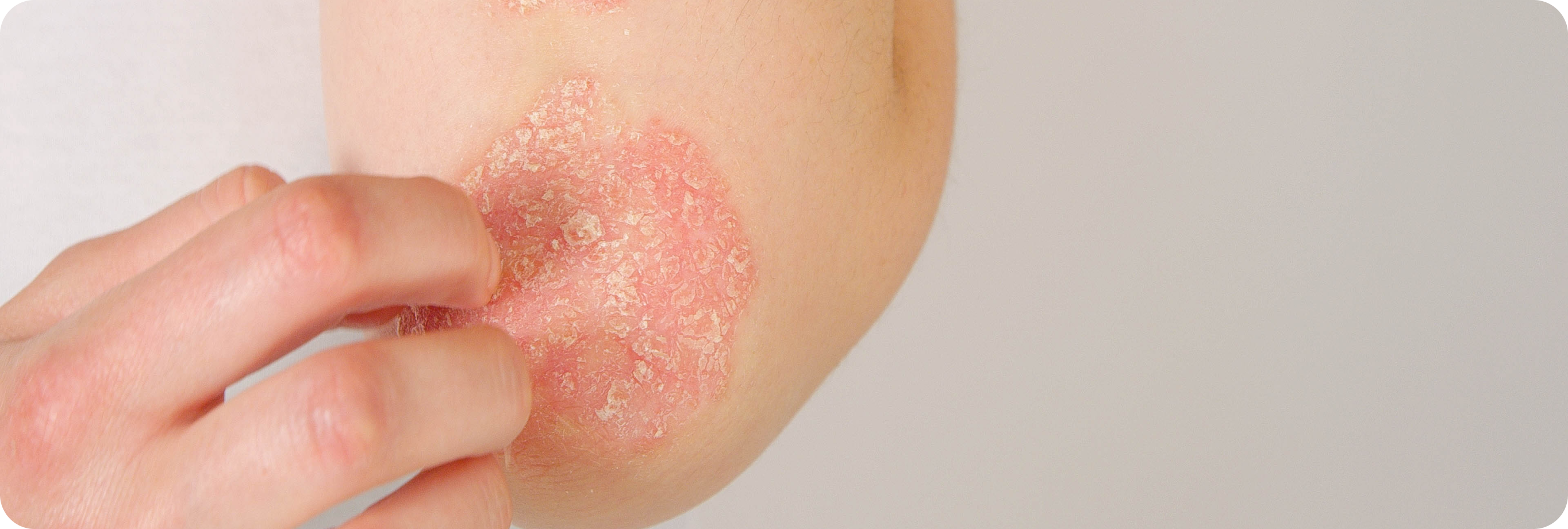
Chronic plaque psoriasis is an autoimmune inflammatory condition of the skin. It cannot be cured but these days can be managed very well. Treatment involves topical creams in the first instance. Most patients come to a dermatologist as their psoriasis has not responded to topical measures. Many psoriasis sufferers find their skin improves in the summer, this is because of UV and sun exposure.
At Skindepth we offer narrowband UVB treatment for psoriasis patients as a safe, no cost way to control their skin inflammation. We also have a UVB machine in Shepparton at the GV Skin and Specialist Centre. For those who do not respond to UVB, we consider oral treatments that slightly suppress the immune system. These include methotrexate, cyclosporin and Vitamin A medications such as neotigason.
In the last 5-10 years clever scientists have developed new medications called biologics. These drugs target the part of the immune system responsible for the inflammation in psoriasis. These drugs generally totally clear the skin and patients are happy and report them to be life-changing. These drugs (ustekinumab, adalimumab, ixekixumab) are expensive but available at minimal cost for those who qualify on medicare. Dr Alice Rudd as a special interest in the treatment of psoriasis with biologics, she also runs a clinic at the Skin Health Institute for biologics patients.
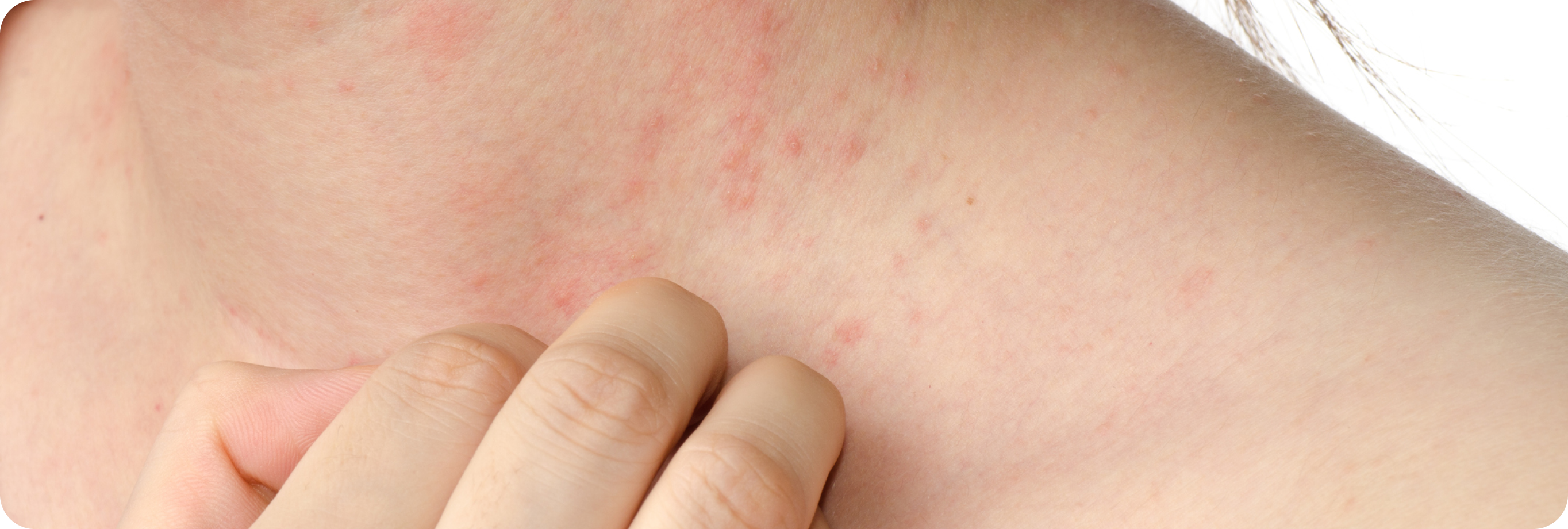
Eczema is also known as dermatitis or atopic dermatitis. Eczema can be genetic (endogenous), allergic or irritant. Eczema is very itchy and quite debilitating for sufferers. Often asthma and hay fever co-exists.
Treatments are generally with topical steroids whilst being careful not to overuse and thin the skin. Bleach baths are a great adjunct to those with secondary infected eczema. Sunlight treatment in the form of narrow band UVB is also highly effective treatment for those with eczema. Low dose immunosuppressives such as azathioprine and mycophenolate can be used to help eczema and there are new biologic treatments on the horizon. Eczema management requires a holistic approach to triggers, allergies and other exerting factors. We aim to arm our patients with knowledge of how to treat flares and manage their eczema in the long term.
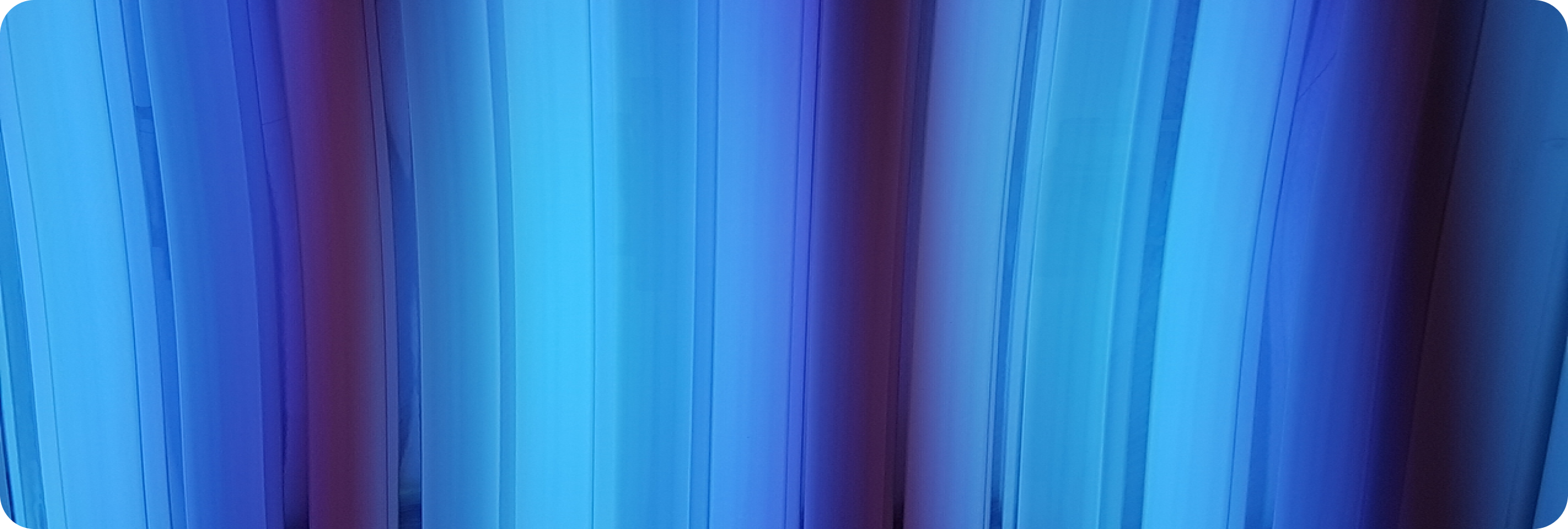
Narrowband UVB is the most common form of phototherapy used to treat various skin conditions. "Narrowband" refers to a specific wavelength of ultraviolet (UV) radiation, 311nm.
The narrowband range of UV radiation has been proven to be the most beneficial component of natural sunlight for inflammatory skin conditions. Examples of what may be treated with UV Therapy includes psoriasis, atopic eczema, vitiligo, pruritus (itchy skin), lichen planus, polymorphous light eruption and hives. UVB helps manage these conditions by reducing inflammation and slowing the production of the affected skin cells.
-
What does narrowband UVB treatment involve?
You will attend for phototherapy usually three times weekly (but may attend once or twice depending on the condition being treated). You will stand in a specially designed cabinet containing fluorescent light tubes. You will undress except for underwear, and wear protective goggles purchased from the clinic for $15. You will then enter the cabinet and stand in the center, and push the ‘start’ button to begin. The length of treatment is very short, seconds to minutes depending on the dose.
The UV dose is carefully monitored by staff. A number of protocols exist depending on the individual's skin type, age, skin condition and other factors. Your treatment has been preselected by your Dermatologist according to your skin condition, and you will increase in the dose each visit. Once you reach your ‘maximum dose’ you will then stay on that same dose each time for maintenance.
Genitalia must be covered for treatments and you must wear the same style of underwear each treatment so that no new areas are exposed.
-
What are the potential side effects and risks of narrowband UVB?
- Sunburn is an infrequent occurrence with UVB treatment if prescribed at low doses. Sunburn mostly occurs if previously unexposed skin is exposed as the dose increases, or if there has been additional sun exposure outside the treatment sessions. A skin burn should be managed with moisturiser and sometimes steroid creams prescribed by the doctor. To avoid increased risk of sunburn please do not get excessive natural sun exposure in between treatment sessions. The nurse must be notified of all instances and parameters may be revised.
- We do expect some mild skin redness that settled within 24 hours of a treatment. This is actually indicative of the treatment working. Redness that lasts longer than 24 hours should result in missing the next treatment.
- Some patients experience increased itch, it can sometimes get worse before it gets better. If this occurs, frequent moisturising and use of topical steroids will help. It should improve as you persevere with treatment.
- You will most likely develop a tan with the treatment.
- As we know, long term exposure to ultraviolet radiation ultimately causes skin ageing and sun damage. The link between narrowband UVB and skin cancers is unknown. As it is still a form of UV, a skin check will be performed before your treatment and at intervals throughout if prolonged UVB treatment is required.
-
What results should I expect from UVB treatment?
UVB treatment takes time to have an effect on the skin rash. 18-25 treatments are usually required to see a result depending on the condition and severity, sometimes symptoms such as itch can be relieved within just a few treatments.
Review should be made with your prescribing doctor 8- 12 weeks after you start the treatment.
Medical:
General Dermatology Skin Checks Surgical Dermatology Vulvar Clinic Wart Clinic Medical Treatments- Choosing a selection results in a full page refresh.
- Opens in a new window.
